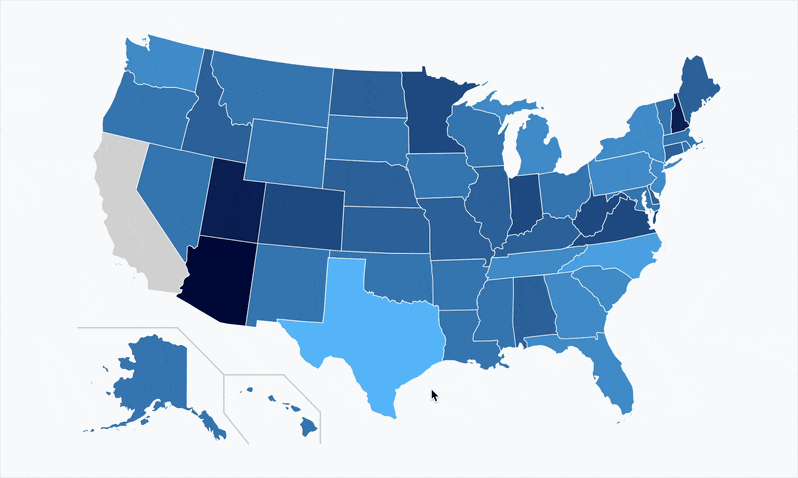The value of higher education remains undeniable. A recent report by Lumina Foundation and Gallup (“State of Higher Education Report 2024”) [1] found that nearly all adults without a college degree recognize the importance of some form of post-secondary credential. Additionally, almost 60 percent of adults who haven’t enrolled in higher education have considered doing so in the past two years, indicating a strong desire for upskilling and career advancement.
However, the report also identifies a crucial disconnect: students are increasingly seeking credentials with clear value in the job market. This highlights the pressing need for better alignment between college programs and the skills employers are actively seeking. Here’s why this alignment is critical.
Ensuring Employability and Return on Investment
Students today are investing significant time and resources in their education. Aligning college programs with workforce needs ensures that graduates possess the skills and knowledge employers demand. This translates to better job prospects, higher starting salaries, and faster career progression.
For instance, a 2023 report by the World Economic Forum (“The Future of Jobs Report 2023”) [2] identifies problem-solving, critical thinking, and creativity as some of the top skills employers will value most in the future workforce. Based on employer survey data, aligning curriculum with these skills could equip graduates to thrive in a future job market.
Curious, we took a look at our Gray Decision Intelligence data on growth in demand for core (“soft”) skills. The three skills mentioned above, problem-solving, critical thinking, and creativity, are indeed in demand among employers. However, other soft skills show significantly more year-over-year growth. Management, leadership, and collaboration skills had the highest growth in job posting mentions, followed by innovation and research. This current growth could indicate future demand in these areas.
 Source: Gray DI PES Job Posting Dashboard
Source: Gray DI PES Job Posting Dashboard
Minimum May Skills Volume: 140,000
Addressing the Skills Gap
The report emphasizes that 84% of current or prospective students cite employment factors as reasons for enrolling or considering enrollment. This indicates a strong desire for a clear return on investment. However, a skills gap persists between what graduates learn in college and what employers need.
A 2022 study by the Business-Higher Education Forum (“The Skills Gap in the U.S. Workforce”) [3] found that a significant portion of employers struggle to find qualified candidates. Aligning college programs with workforce needs can bridge this gap, ensuring a more prepared and readily employable talent pool.
Fostering Innovation
Colleges and universities should actively review changing labor requirements to understand the needs of employers.
Such awareness and action benefits students, employers, and institutions. Employers gain access to a talent pool equipped with the relevant skills, while educational institutions can adapt their programs to stay relevant and competitive in a rapidly changing job market. And of course, students graduate prepared for gainful employment.
The takeaway? A close alignment between college programs and workforce needs is no longer optional. It’s a critical factor in ensuring student success, closing the skills gap, and fostering a more innovative and prepared workforce. By actively working together, educational institutions and employers can create a future where a college degree translates into a rewarding and fulfilling career.
Sources:
[1] Lumina Foundation & Gallup: State of Higher Education Report 2024: https://www.luminafoundation.org/resource/the-state-of-higher-education-2024/
[2] World Economic Forum: The Future of Jobs Report 2023: https://www.weforum.org/publications/the-future-of-jobs-report-2023/
[3] Business-Higher Education Forum: The Skills Gap in the U.S. Workforce: https://www.businesswire.com/news/home/20240131744208/en/70-of-Leaders-Say-Business-Performance-Is-Suffering-Because-Employees-Lack-Necessary-Competencies-Reveals-Springboard-for-Business%E2%80%99s-State-of-the-Workforce-Skills-Gap-Report





